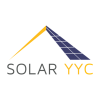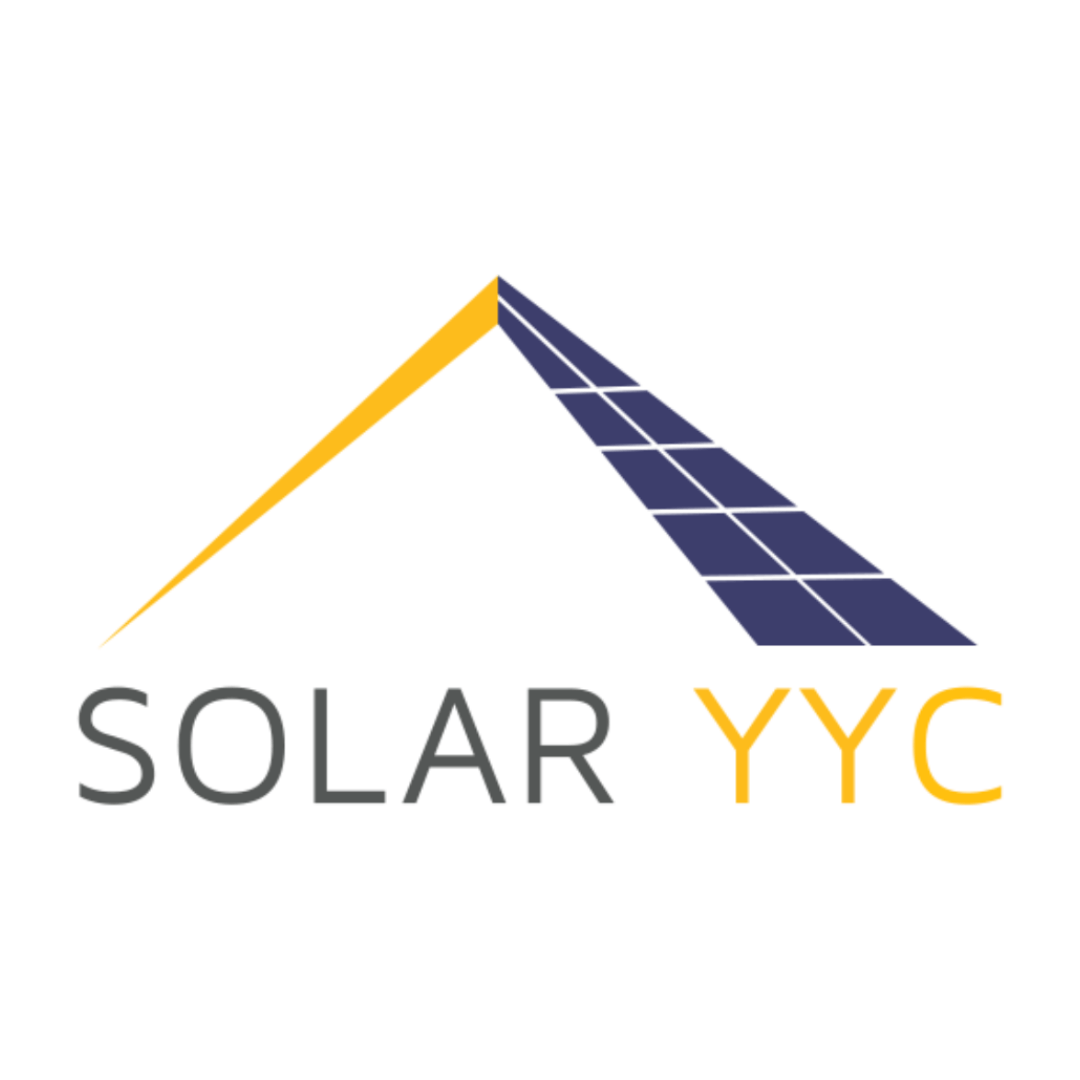The Top 7 Most Common Solar Energy Myths, Debunked
Solar energy has gained popularity recently due to its position as a greener and cheaper long-term alternative to power homes and businesses. This growing interest has led to a surge of online and offline misinformation, making many interested in installing solar panels stay on the fence. To fight the misconceptions about solar power, we want to help you separate fact from fiction by debunking the most common solar energy myths. Myth #1: Solar Panels Don’t Work in Cold Weather or Cloudy Days Fact: Solar panels work even in winter when we have below-zero temperatures most days. This myth is widespread since many believe solar panels depend on solar heat to produce energy. The fact is that solar panels get power from the sunlight, and this light is absorbed by the photovoltaic (PV) cells the panels are made of, turning the light into usable energy. Moreover, solar panels are more efficient in cold temperatures, just like any other electrical appliance in your home. High temperatures reduce PV cells’ output efficiency by 10% to 25%, that is, their ability to produce power. Solar panels will work at their maximum efficiency on cold, sunny days; this is why Southern Alberta is one of the best places to install solar panels in Canada. As for solar panels’ performance on cloudy or rainy days, they will still produce power on a slightly reduced level, depending on the thickness of the clouds. Myth #2: Solar Panels Cause Roof Damage Fact: A well-designed solar system installed by professionals takes into consideration roof integrity, and it should never cause any damage. This is why it’s always recommended work with a dedicated and experienced solar company to avoid any potential headaches in the long run. Myth #3: Solar Panels Aren’t Efficient Enough Fact: Under optimal conditions, solar panels should start powering your home and reducing your dependence on the grid almost immediately. Over time, your solar panels will produce more energy than your home needs and that excess energy will be sold to the grid, granting you credits that will reduce your electricity bills. Myth #4: Solar Panels Are Too Expensive Fact: The upfront investment still exists, but thanks to the increasing availability of government financial incentives, solar panels are more accessible than ever. Once you get a home solar system, you become a micro-generator. By selling the excess energy you produce back to the grid, the initial investment you made at the beginning will pay itself over time. Myth #5: Installing Solar Panels Is Complicated and Are High-Maintenance Fact: Home solar system installation is quick and straightforward if you work with an experienced installer. From our experience, most systems are up and running within a day. If homeowners want, they can clean the solar panels with water to remove accumulated dust or snow to keep them in good condition, but most of the time, the rain will do this for them. As for technical maintenance, solar systems have very few moving parts for maintenance and, in most cases, do not require extensive maintenance on the homeowner’s behalf to function correctly. Solar YYC customers get lifetime system monitoring, so we can offer support quickly if something is wrong with their panels. Myth #6: Reselling a Home with Solar Panels is Difficult Fact: Solar panels have increased in popularity, and homes have become more valued and appealing to buyers. Research has found that homes with solar systems have an average appreciation of 4% in Canada, which can help pay for your investment. In addition, solar-powered homes tend to sell faster than traditional homes. Myth #7: Solar Panels Can’t Withstand Hail Fact: Modern solar panels are covered with heavy-duty tempered glass and are incredibly resilient. The panels are tested to resist hail storms and harsh weather conditions, such as heavy rain, snow, and high winds. We hope this article helps you understand solar energy better and make an informed decision on getting solar panels. If you have more concerns or questions about solar, we can give you the answers. Book a free, no-obligation consultation to make us all your solar questions, no matter how big or small.




